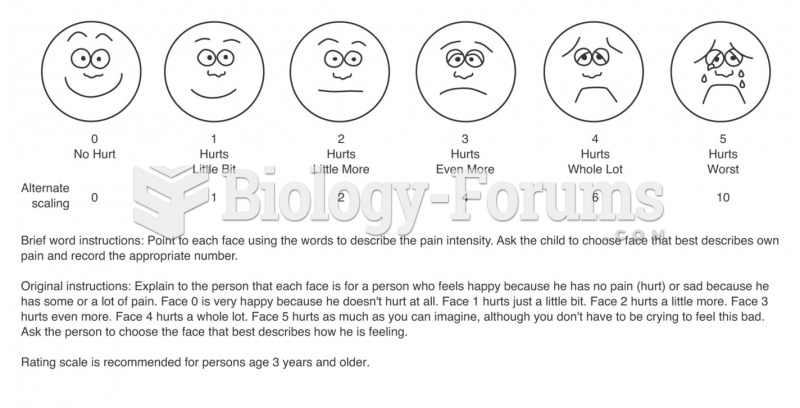|
|
|
The average human gut is home to perhaps 500 to 1,000 different species of bacteria.
In the United States, an estimated 50 million unnecessary antibiotics are prescribed for viral respiratory infections.
Illicit drug use costs the United States approximately $181 billion every year.
Addicts to opiates often avoid treatment because they are afraid of withdrawal. Though unpleasant, with proper management, withdrawal is rarely fatal and passes relatively quickly.
There are major differences in the metabolism of morphine and the illegal drug heroin. Morphine mostly produces its CNS effects through m-receptors, and at k- and d-receptors. Heroin has a slight affinity for opiate receptors. Most of its actions are due to metabolism to active metabolites (6-acetylmorphine, morphine, and morphine-6-glucuronide).







